The next morning, I rendezvoused with Ismael. The massage I’d had the night before had helped with my hip, but my right knee was still talking to me. I downed a healthy dose of Tylenol and we were on our way. A bus took us on the 25 minute drive from the center of Aguas Calientes to the entrance to Machu Picchu.
How does one describe a place that’s been dubbed as one of the new seven wonders of the world? More than any other of the world’s most famous historical and cultural monuments, Machu Picchu is beautiful because of how it relates to its surroundings. I can imagine, say, the buildings of Angkor Wat in another place, but Machu Picchu’s structures would lose their ability to awe if they were removed from their mountaintop location. It takes nothing away from the genius of the people who designed and built Machu Picchu to suggest that if the buildings there were transported to an open plain, they’d just be little more than a set of old but not terribly remarkable stone structures. In their environment, though, they are sublime.
The people who built Machu Picchu were first-rate architects who used the dramatic natural backdrop of the mountaintop setting to bring their designs to life. They worked with broad brushes. There are few elements of minute detail left in the ruins of Machu Picchu. The rocks are honest rocks. They fit together perfectly — and we still don’t know how the Inca managed this feat with the tools available to them — but they haven’t been ornamented or decorated.
Machu Picchu struck me as an engineering marvel. I’m not the only one to feel that way. The American Society of Civil Engineers conducted a study of the ruins and concluded:
Machu Picchu represents civil engineering and environmental design in harmony with its environment, along with the use of the design standards of the Inca Empire to create a visually beautiful royal estate. Site preparation and foundation engineering are exemplary, hydrological and hydraulic engineering were thorough, and its urban drainage design sets a standard of care for modern engineers. It is a prime example of early, integrated city planning in the western hemisphere.
My guide Ishmael, who runs a hostel in the area and has spent many years visiting and studying Machu Picchu, believes that it was built to be a kind of university for the Inca empire. Students came there from all over the Inca territory to study astronomy, botany, and other subjects. The conventional view, however, is that Machu Picchu was a royal estate for the emperor and has family. But that view and Ismael’s interpretation are not mutually exclusive. Concepts like “university” and “royal estate” are our way of ordering our society. Presumably Inca society was ordered differently. It’s not hard to imagine that Machu Picchu could have been both a royal retreat for Pachacuti and his family as well as a center of learning.
Another way to view Machu Picchu is as an ancient observatory. The sun rises and sends its rays through very specific windows on the days of the equinox and the solstice. This rock has been carved and placed to map out the constellation of the Southern Cross, which was obviously known to the Incas 500 years ago.
Machu Picchu may not have been finished before it was abandoned by the Incas after only 90 years. This pile of stones was presumably the Incas’ quarry and spare parts department.
The authorities who run Machu Picchu have done an excellent job of keeping the site clean and noncommercial. There are no trash cans in the complex itself; you have to pack out what you bring in. One of the functions of the guides is to make sure that not so much as a candy wrapper or water bottle cap gets thrown on the ground. And you can’t get anything to eat or drink inside the complex unless you are a baby llama.
This is a monument to the guinea pig, a Peruvian delicacy that I did not try, but that apparently sustained the Incas.
I was lucky to have had such an excellent guide during my time on the Inca Trail and in Machu Picchu. Ismael Huaman Zapata was patient, good-humored, encouraging, and very knowledgeable about the historical and natural world of the Incas. He’s got big plans to build an eco lodge and run tours to organic coffee farms. I hope he realizes them — but in the meantime anyone who needs a guide to Machu Picchu couldn’t do better than to have him as a companion.
When my stay was over, I took the bus back to Aguas Calientes and then boarded the train for Ollantaytambo. I was sore and exhausted, but I felt a powerful sense of physical accomplishment and a deep satisfaction in finally having experienced one of the most iconic landmarks to humankind’s artfulness and ingenuity.
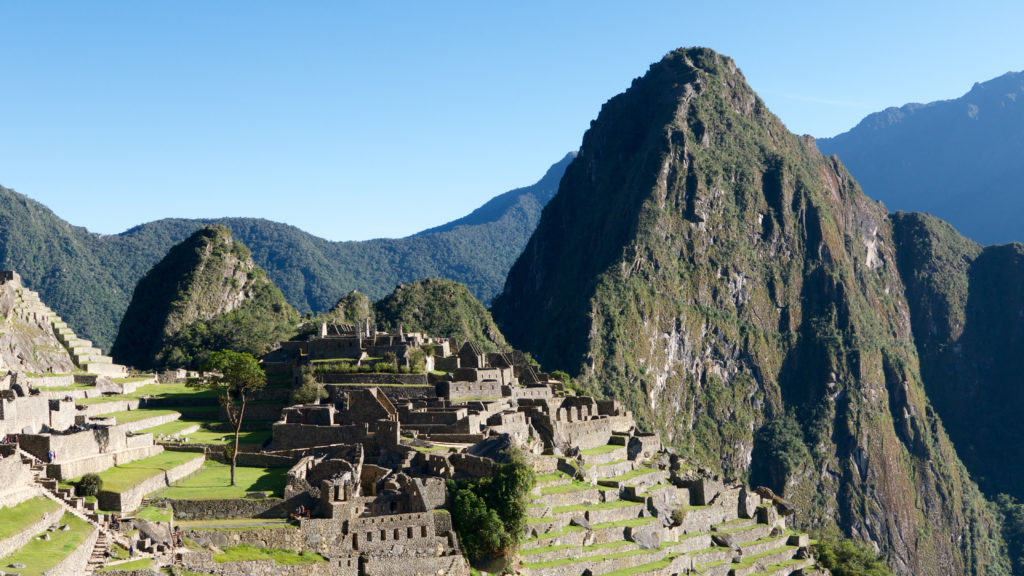
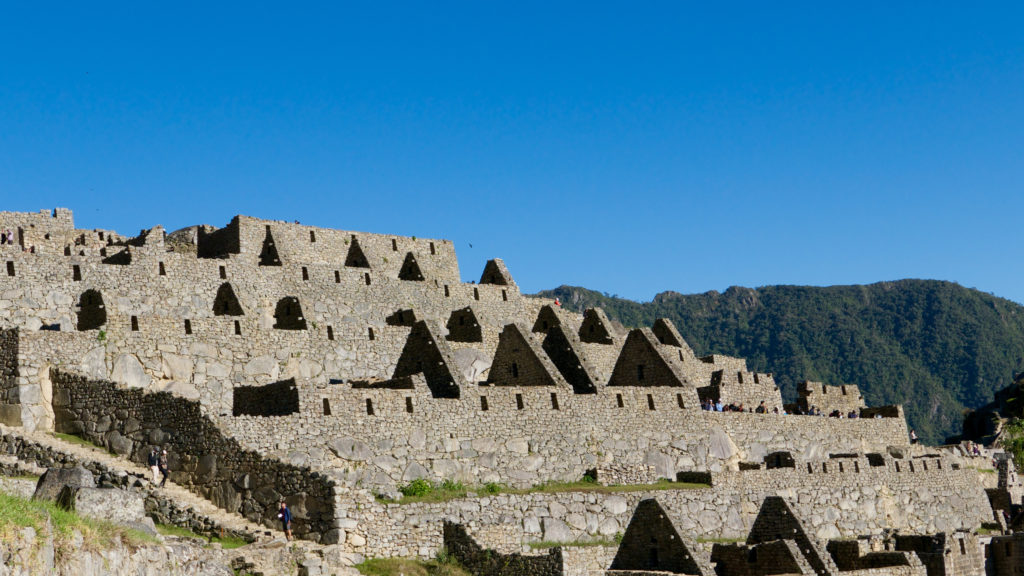
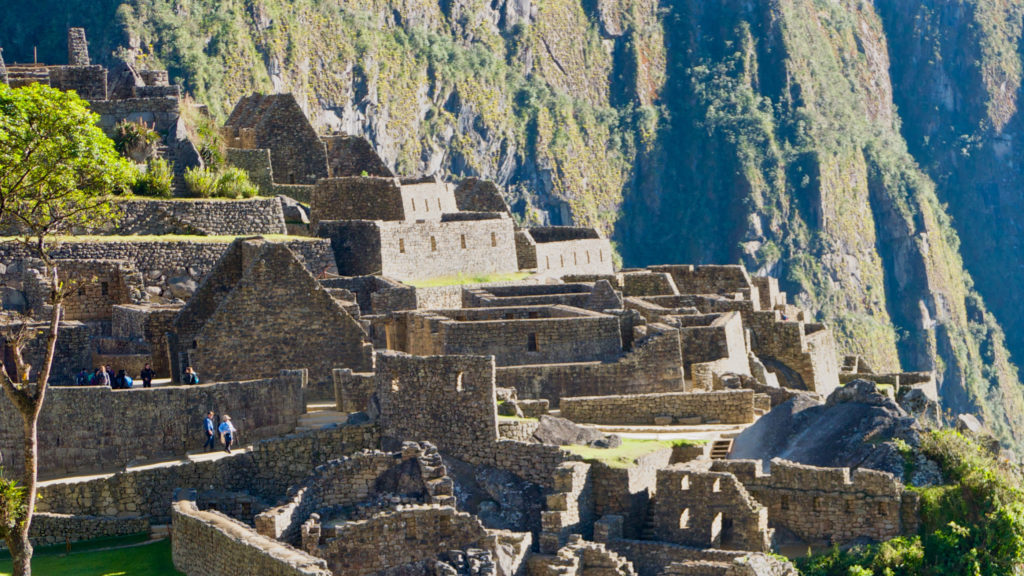
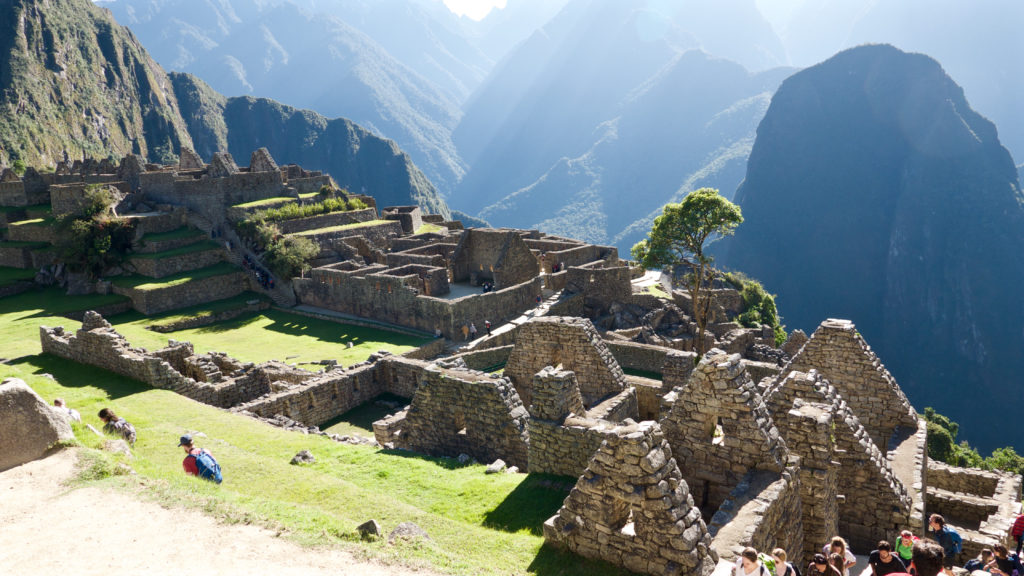
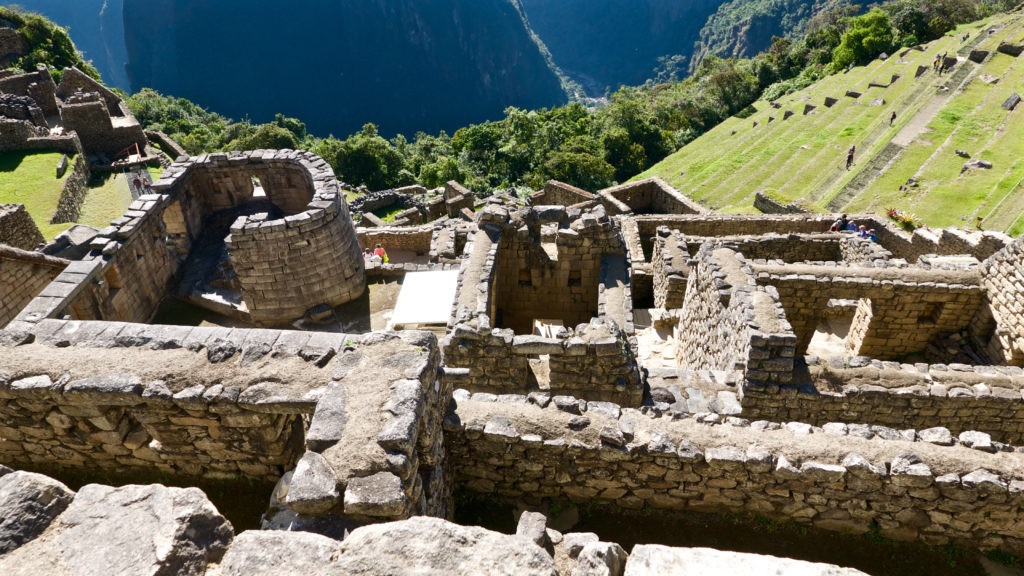
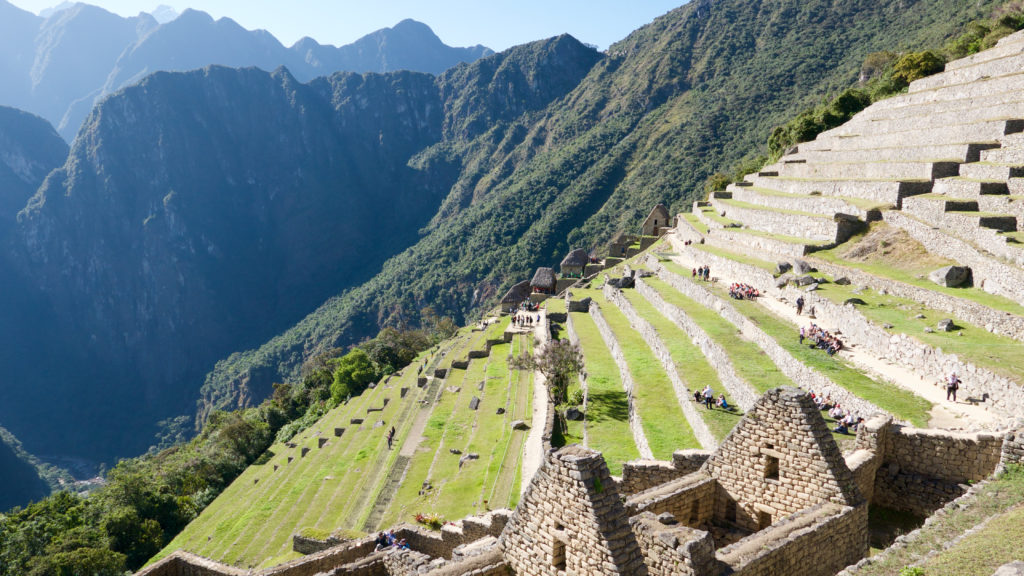
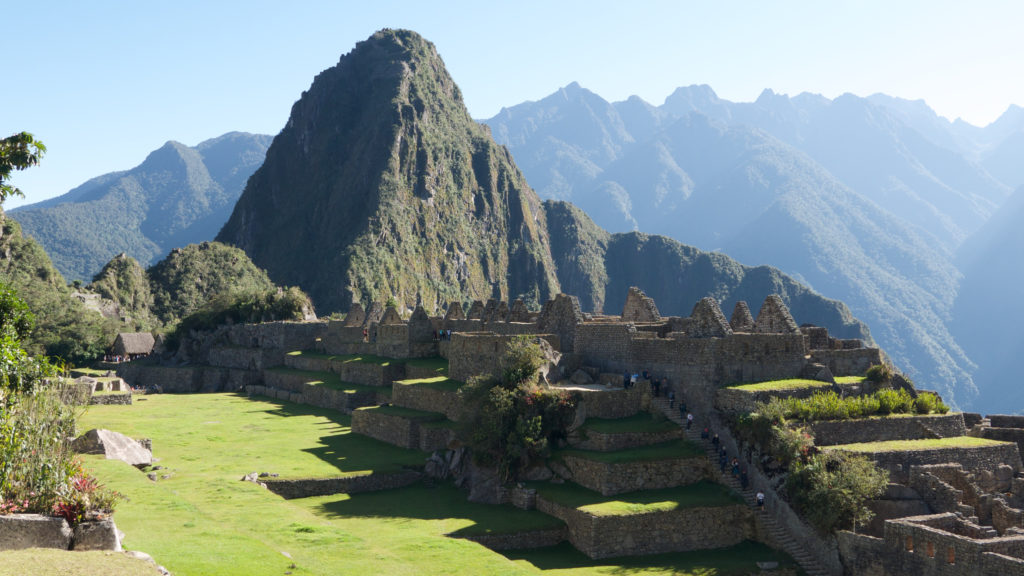
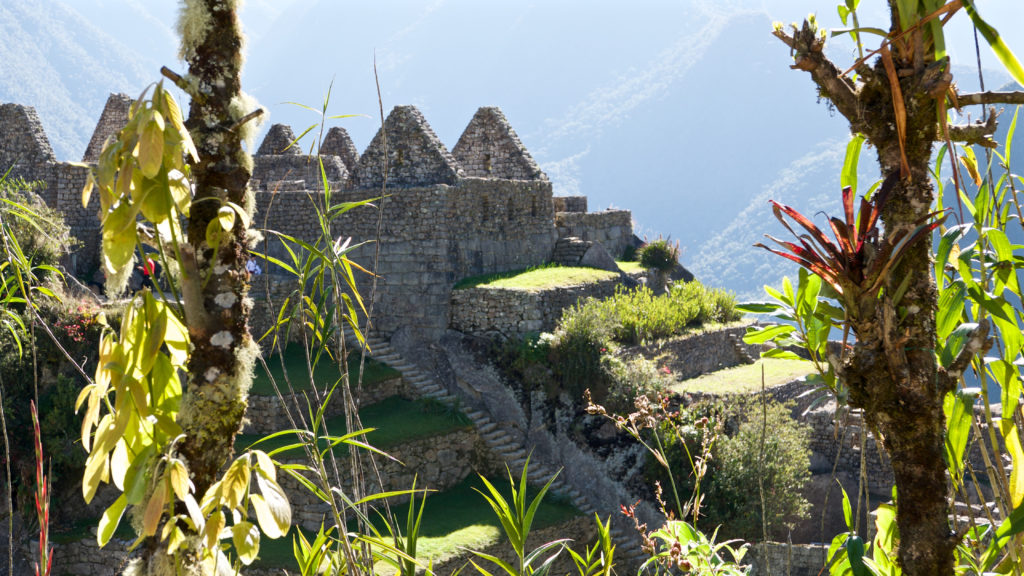
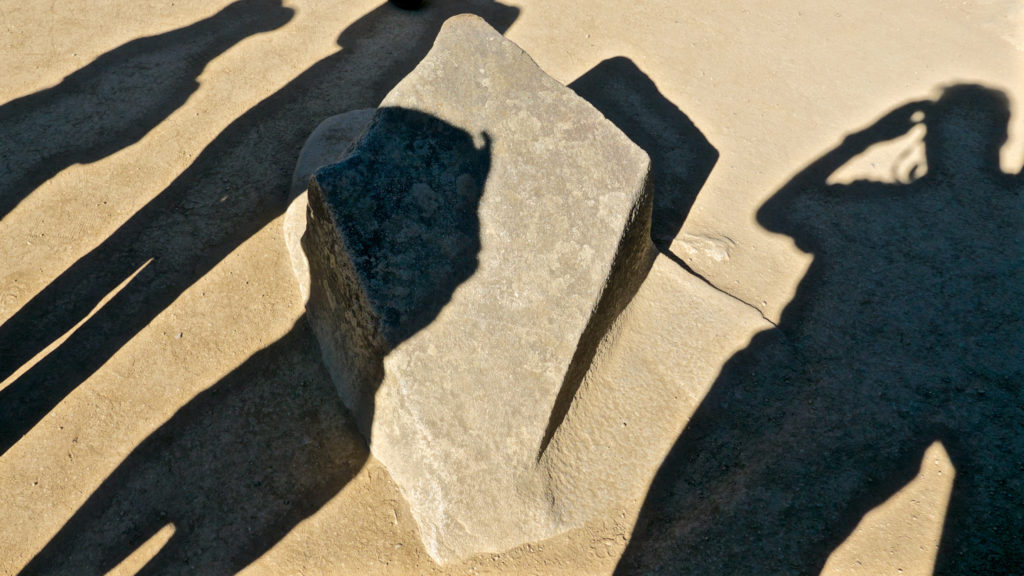
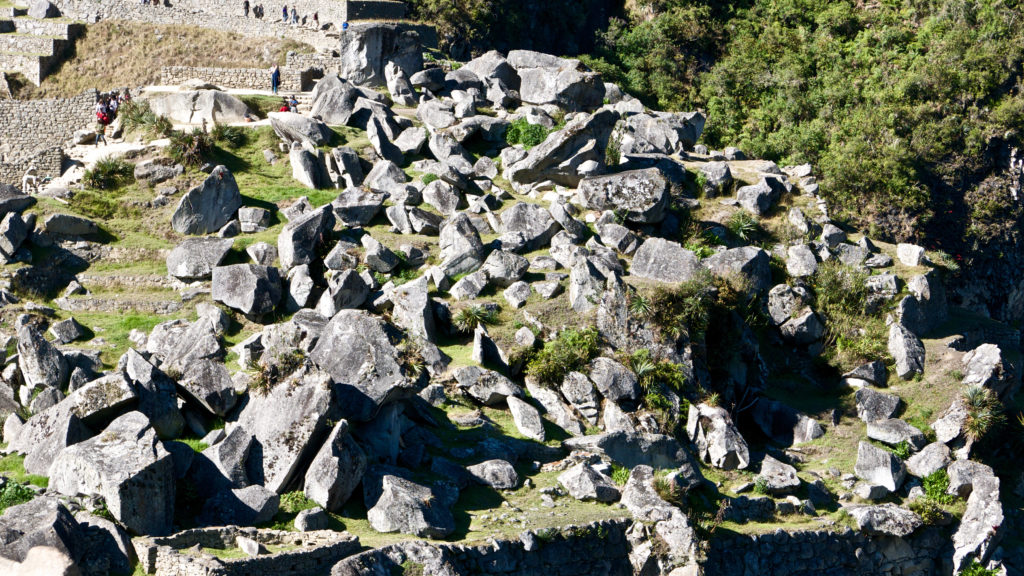


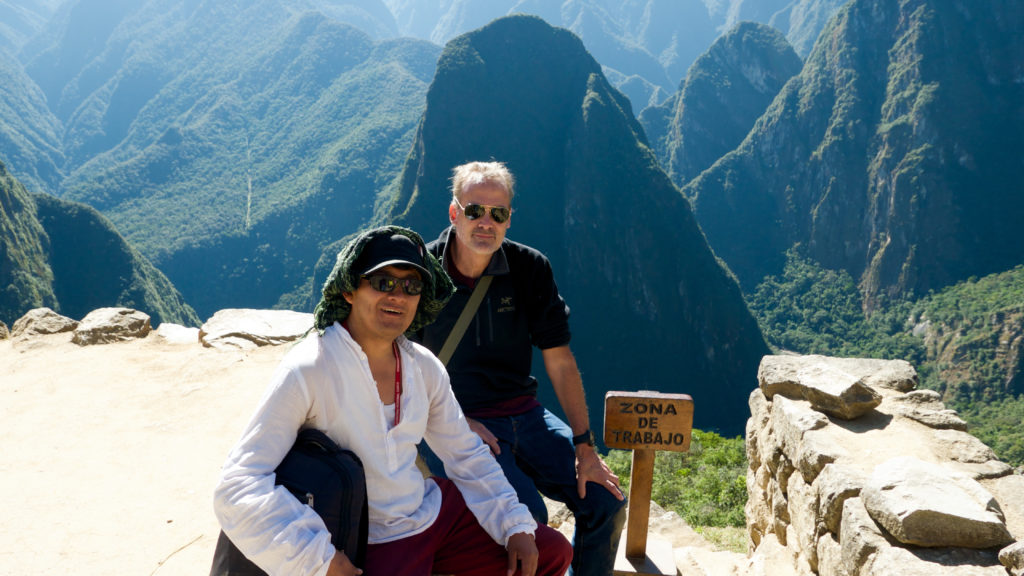


































Speak Your Mind